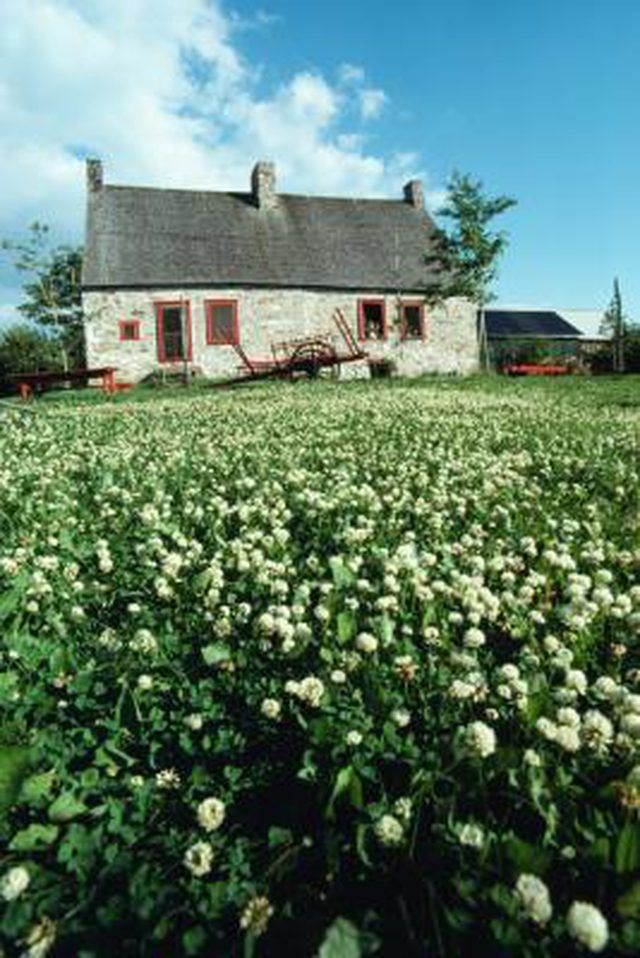Bulbs
Flower Basics
Flower Beds & Specialty Gardens
Flower Garden
Garden Furniture
Garden Gnomes
Garden Seeds
Garden Sheds
Garden Statues
Garden Tools & Supplies
Gardening Basics
Green & Organic
Groundcovers & Vines
Growing Annuals
Growing Basil
Growing Beans
Growing Berries
Growing Blueberries
Growing Cactus
Growing Corn
Growing Cotton
Growing Edibles
Growing Flowers
Growing Garlic
Growing Grapes
Growing Grass
Growing Herbs
Growing Jasmine
Growing Mint
Growing Mushrooms
Orchids
Growing Peanuts
Growing Perennials
Growing Plants
Growing Rosemary
Growing Roses
Growing Strawberries
Growing Sunflowers
Growing Thyme
Growing Tomatoes
Growing Tulips
Growing Vegetables
Herb Basics
Herb Garden
Indoor Growing
Landscaping Basics
Landscaping Patios
Landscaping Plants
Landscaping Shrubs
Landscaping Trees
Landscaping Walks & Pathways
Lawn Basics
Lawn Maintenance
Lawn Mowers
Lawn Ornaments
Lawn Planting
Lawn Tools
Outdoor Growing
Overall Landscape Planning
Pests, Weeds & Problems
Plant Basics
Rock Garden
Rose Garden
Shrubs
Soil
Specialty Gardens
Trees
Vegetable Garden
Yard Maintenance
DIY Cart Plans for a Lawn Tractor
DIY Cart Plans for a Lawn Tractor. You can make more use of your lawn tractor by building a cart that it can tow. This lets you move large quantities of grass clippings, compost and brush in just one or two trips. You do, however, need to be aware of the weight your tractor’s engine can move and ensure that you don’t exceed that in the...

You can make more use of your lawn tractor by building a cart that it can tow. This lets you move large quantities of grass clippings, compost and brush in just one or two trips. You do, however, need to be aware of the weight your tractorís engine can move and ensure that you donít exceed that in the cart. You'll also need the cart to be small enough to move easily behind the tractor.
Things You'll Need
Tape measure
Pencil
Graph paper
The Base
Measure your tractor along its length and then the width at the back wheels, including the tires; your cart should not exceed these dimensions or it will be difficult to tow.
Draw the tractor dimensions on graph paper as a guide. Draw the dimensions of the cart so theyíre 2 feet shorter than the tractor and 1 foot smaller in width; this will be the size of the tractor base.
Plan to make the base of two of three wooden boards next to each other lengthwise, and held together with three boards -- one at each end, and another in the middle to also support the axle -- going crosswise.
The Sides
Draw a sideways elevation of the cart, with side panels 12 inches high -- use 1-inch-by-6-inch boards, one above the other for this.
Design the system to hold them in place on the base, using 2-inch-by-2-inch lumber nailed to the long sides of the base, with 2-inch-by-2-inch lumber vertically at each end. The corner of the cart will create a U shape; the boards for the sides will screw to this.
Draw an overhead elevation of the cart with the sides and supports in place. Multiply the length of the cart by the width and then by the depth to calculate how many cubic feet of material the car can hold.
Completing The Cart
Draw an elevation to show the underside of the cart. Draw two lines along the middle support to show the PVC conduit that will hold the axle.
Show three small cross pieces holding the conduit to the support; these will be metal, bent and screwed in place.
Select two bicycle wheels for the cartís wheels; these will be joined by an axle 2 inches longer than the width of the cart, with the axle fed through the PVC conduit.
Add a pipe extending straight from the front of the cart for a length of 30 inches; this is what will attach the cart to the tractor. Use PVC pipe, screwed into a flat PNC fitting attached to the cart at one end, and a T fitting at the other end, large enough to slip over the hitch at the back of the tractor.